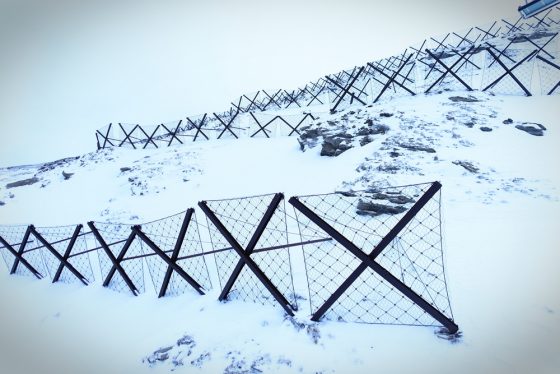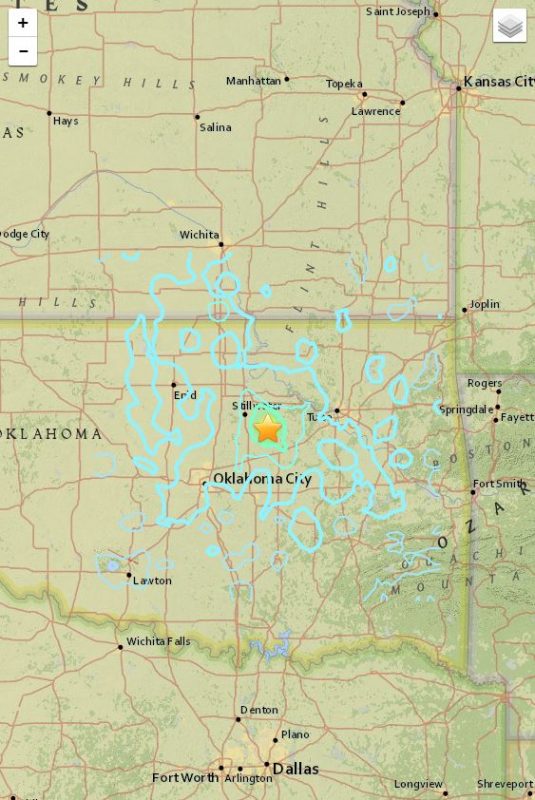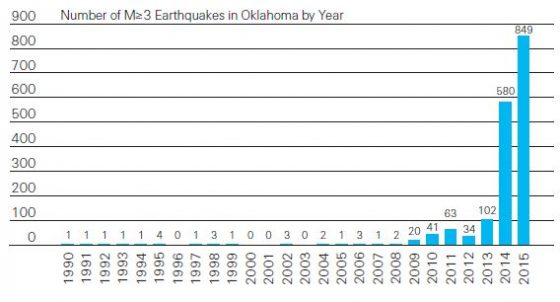During and after large storms, especially those with high winds, there are always reports of fallen trees and tree limbs, which can cause injury or death to those who are in the wrong place at the wrong time. In the past few months in California alone, a woman was killed by a falling tree in the San Francisco Bay area on Jan. 9; another woman was struck and killed by a falling tree while walking on a golf course in the Bay area on Jan. 8; and the mother of a bride was killed when a tree fell on a wedding party in Southern California on Dec. 19. In New York City’s Bryant Park, a woman was killed and five people were injured when a massive tree snapped in half on Sept. 4, 2015.
woman was killed by a falling tree in the San Francisco Bay area on Jan. 9; another woman was struck and killed by a falling tree while walking on a golf course in the Bay area on Jan. 8; and the mother of a bride was killed when a tree fell on a wedding party in Southern California on Dec. 19. In New York City’s Bryant Park, a woman was killed and five people were injured when a massive tree snapped in half on Sept. 4, 2015.
Falling trees are also a major cause of property damage. If winds are strong enough, even healthy trees can be uprooted or broken, according to the Tree Care Industry Association (TCIA).
It might not take a storm or high winds to cause a cracked or rotted tree to fail under its own weight, however.
Cracks are hazardous because they compromise the structure of the tree and can eventually split the stem in two.
Cracks are particularly dangerous when combined with internal decay, according to the TCIA, thus the presence of multiple cracks and decay indicates a potentially hazardous tree.
Property owners should be concerned about trees falling, especially if cracks are evident. “While trees are genetically designed to withstand storms, all trees can fail – and defective trees fail sooner than healthy trees,” Tchukki Andersen, staff arborist at TCIA, said in a statement. “To a professional arborist, certain defects are indicators that a tree has an increased potential to fail.”
Cracks in tree trunks can be one of the major indicators of an unstable tree. Most cracks are caused by improper closure of wounds or by the splitting of weak branch unions. Cracks can be found in branches, stems or roots, and vary in type and severity:
- Horizontal and vertical cracks run across the grain of the wood and develop just before the tree fails, making them very difficult to detect. Vertical cracks run with the wood grain along the length of the tree and may appear as shear or ribbed cracks.
- Shear cracks can run completely through the stem and separate it into two halves. As the tree bends and sways in the wind, one half of the stem slides over the other, elongating the crack. Eventually the enlarging crack causes the two halves of the stem to shear apart.
- Ribbed cracks are created as the tree attempts to seal over a wound. Margins of the crack meet and mesh but are reopened due to tree movement or extremely cold temperatures.
- Thicker annual rings are created in order to stabilize the developing crack at the location of the wound. This forms the ribbed appearance over a period of many years.
To prevent damage, TCIA recommends having trees examined by a qualified arborist to determine the potential for failure. An expert will measure the shell thickness in a few locations around a tree’s circumference, determine the width of the crack opening and check for any other defects.



